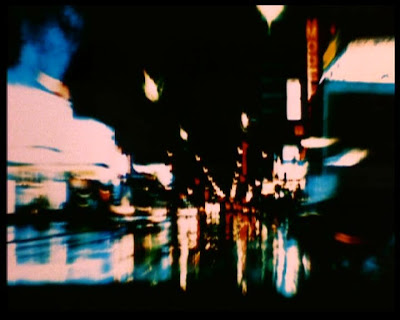The Fire Next Time

Martin Luther King Jr. was assassinated on April 4, 1968. An inspiration for millions, King had lost the support of many mainstream figures, including several within his own ranks, over his condemnation of war, imperialism, and economic inequality. The Poor Peoples' Campaign marked a new chapter in King's story, as many of his longtime followers split ranks. King arrived in Memphis on March 29 to lend support to striking sanitation workers. The Memphis sanitation strike - documented, along with King's murder, in the wonderful film At the River I Stand - lasted 65 days and involved nearly one thousand of the city's hyper-exploited black workers. On April 3, King gave one of his most famous speeches to an audience gathered at Mason Temple. He was visibly exhausted, collapsing into a chair as the final applause bellowed (an autopsy later revealed that at age 39, King's heart was like that of a 60-year-old). Through the written word, James Baldwin, as vo...

